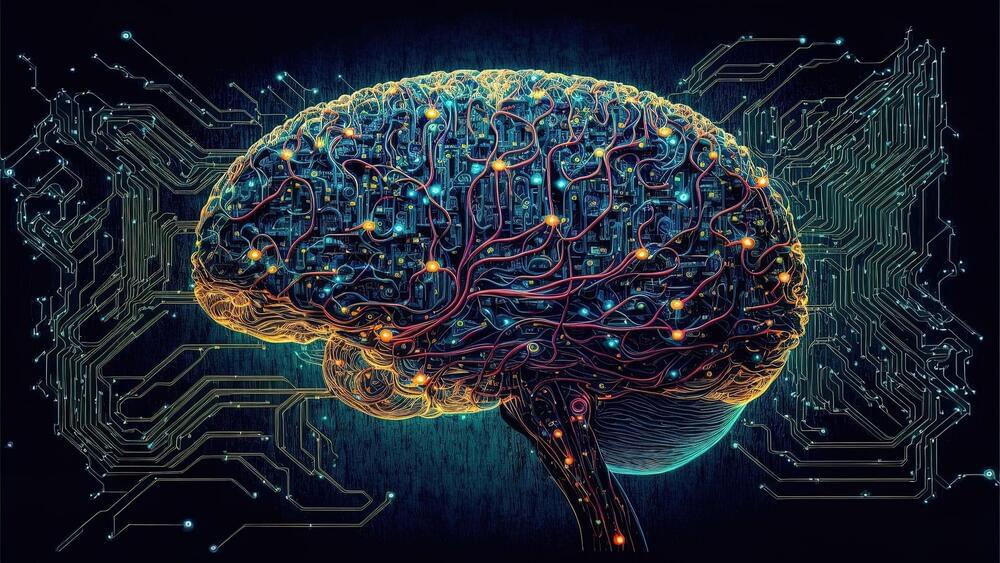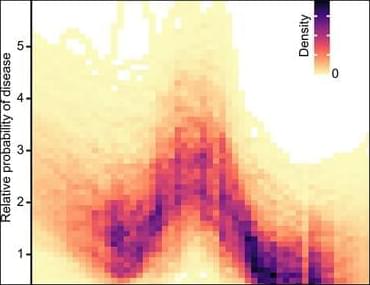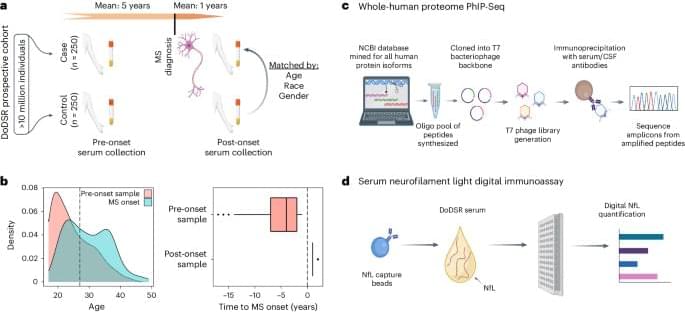Traditional AUVs rely on thrusters or pumps to adjust depth, which consumes considerable energy and generates noise. Team BayMax’s design replaces this system with a BCD that employs reversible hydrogen fuel cells. By splitting water into hydrogen and oxygen gases, the BCD can precisely control the ROV’s buoyancy, mimicking the swim bladders found in fish.
This approach offers many advantages. “The cool thing about this for us is that it’s cutting-edge technology,” remarked Bare. We’re the first to implement it in a device with such comprehensive controls, making it truly groundbreaking.”
Professor Ghorbel echoed Bare’s enthusiasm, highlighting the technology’s vast potential. “This highly energy-efficient and silent system has applications beyond AUVs,” he explained. “It holds promise for material intelligence, wearable assistive devices, and even adaptive robotic garments.”






